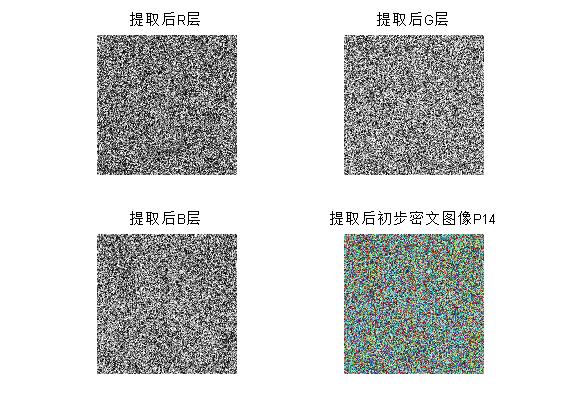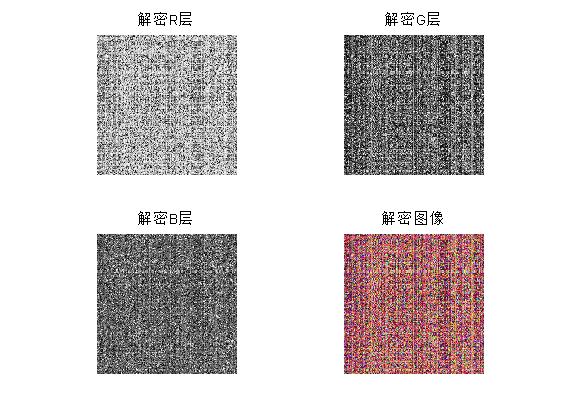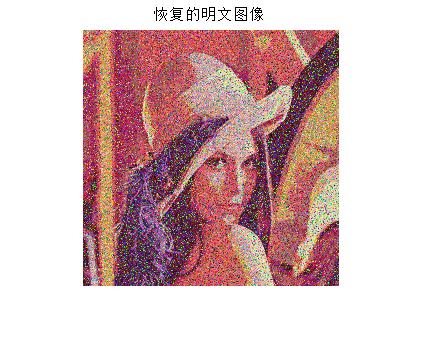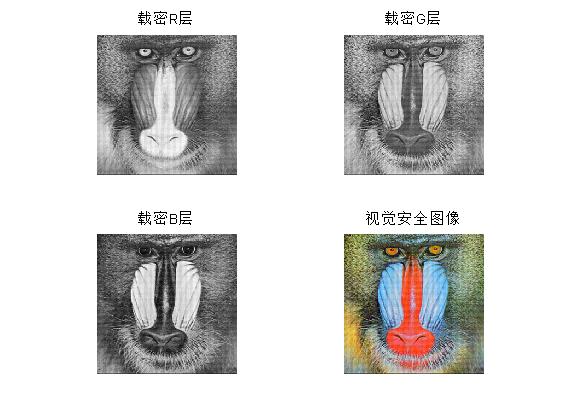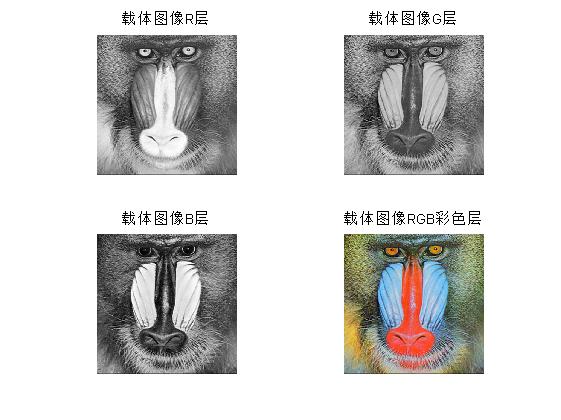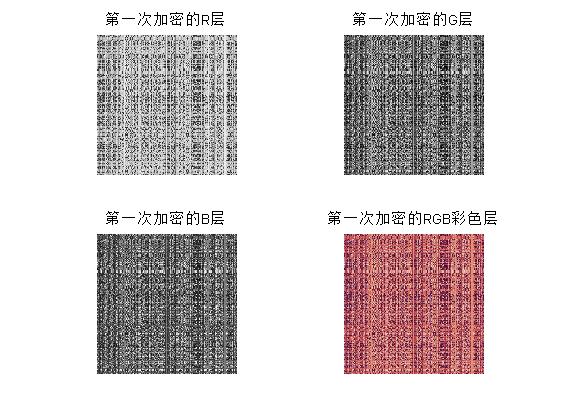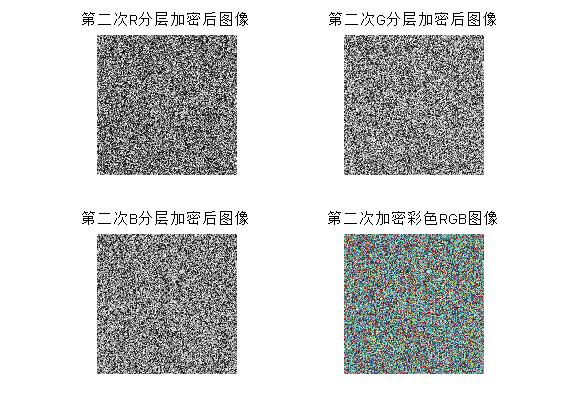1. Introduction
Principle of Wavelet Transform
Wavelet transform is a time-scale (time-frequency) analysis method for signals. It is a time-frequency localization analysis method where the window size is fixed and the shape can be changed, and the time window and frequency window can be changed. It is characterized by multi-resolution analysis and has the ability to characterize the local characteristics of signals in both time and frequency domains.
Wavelet analysis is known as a "mathematical microscope" because it has higher frequency resolution and lower time resolution in the low frequency part, higher time resolution and lower frequency resolution in the high frequency part. It is this characteristic that makes the wavelet transform adaptive to the signal.
Wavelet analysis, considered the crystallization of half a century's work in harmonic analysis, has been widely used in signal processing, image processing, quantum field theory, seismic exploration, speech recognition and synthesis, music, radar, CT imaging, color copy, fluid turbulence, object recognition, machine vision, mechanical fault diagnosis and monitoring. Sciences such as fractal and digital TV.
In principle, where Fourier analysis is traditionally used, it can be replaced by wavelet analysis. What makes wavelet analysis better than Fourier transform is that it has good localization properties in both time and frequency domains.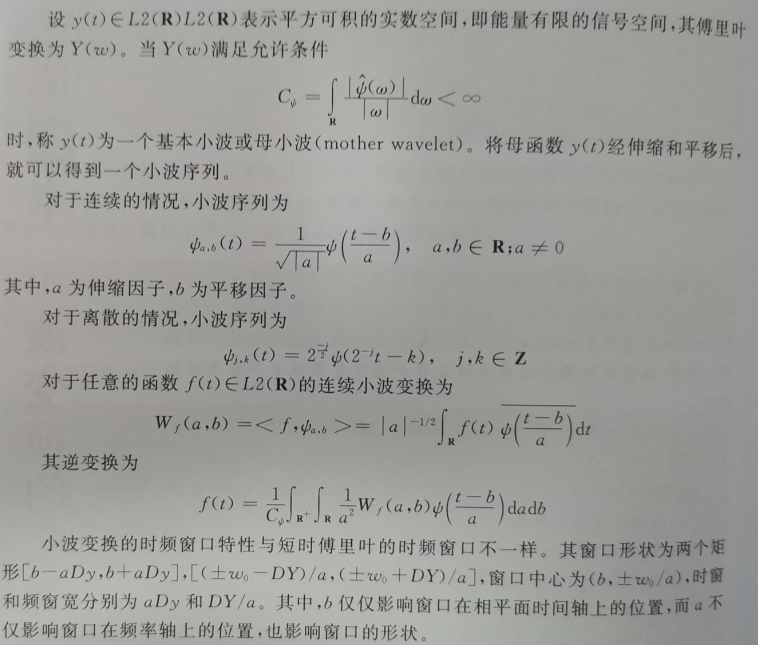
In this way, the time-domain sampling step of the wavelet transform is adjustable for different frequencies: at low frequencies, the time resolution of the wavelet transform is lower and the frequency division rate is higher; At high frequencies, the time resolution of the wavelet transform is higher and the class resolution is lower. This corresponds to the characteristics of slow change of low frequency signal and fast change of high frequency signal.
This is where it is superior to classical and short-time Fourier transforms.
Source Code
%Confuse rows and columns for the first time encryption of plain text images %%%
clear;
W = imread('lena.tif');
s = size(W);
r = randsample(s(1), s(1));
W1 = W(r, :, :);
c = randsample(s(2), s(2));
W2 = W1(:, c, :);
i = 1; f = 1:length(c);
while i <= length(c)
f(i) = find(c == i);
i = i + 1;
end
P = W2;
R = P(:,:,1); %Extracting plain text images R Layer Pixels
G = P(:,:,2); %Extracting plain text images G Layer Pixels
B = P(:,:,3); %Extracting plain text images B Layer Pixels
figure(1)
subplot(2,2,1);imshow(R,[]);title('First encrypted R layer');imwrite(R,'R1.tif')
subplot(2,2,2);imshow(G,[]);title('First encrypted G layer');imwrite(G,'G1.tif')
subplot(2,2,3);imshow(B,[]);title('First encrypted B layer');imwrite(B,'B1.tif')
subplot(2,2,4);imshow(P,[]);title('First encrypted RGB Color layer');imwrite(P,'First encrypted RGB Color layer.tif')
%%%%%%Second Encryption%%%%%
[M,N]=size(R); %utilize Logistic Chaotic Mapping, for R Sequence Encryption for Layered Images
u=3.9;
x0=0.5;
x=x0;
for i=1:100 %100 iterations to achieve full chaos
x=u*x*(1-x);
end
R1=zeros(1,M*N); %Produce one-dimensional chaotic encryption sequence
R1(1)=x;
for i=1:M*N-1
R1(i+1)=u*R1(i)*(1-R1(i));
end
R2=uint8(255*R1); %Normalized Sequence
R3=reshape(R2,M,N); %Convert to two-dimensional chaotic encryption sequence
R4=bitxor(R,R3); %XOR Operation Encryption
imwrite(R4,'R2.tif')
% [M,N]=size(G); %utilize Logistic Chaotic Mapping, for G Sequence Encryption for Layered Images
u=3.9;
x0=0.5;
x=x0;
for i=1:100 %100 iterations to achieve full chaos
x=u*x*(1-x);
end
G1=zeros(1,M*N); %Produce one-dimensional chaotic encryption sequence
G1(1)=x;
for i=1:M*N-1
G1(i+1)=u*G1(i)*(1-G1(i));
end
G2=uint8(255*G1); %Normalized Sequence
G3=reshape(G2,M,N); %Convert to two-dimensional chaotic encryption sequence
G4=bitxor(G,G3); %XOR Operation Encryption
imwrite(G4,'G2.tif')
% [M,N]=size(B); %utilize Logistic Chaotic Mapping, for B Sequence Encryption for Layered Images
u=3.9;
x0=0.5;
x=x0;
for i=1:100 %100 iterations to achieve full chaos
x=u*x*(1-x);
end
B1=zeros(1,M*N); %Produce one-dimensional chaotic encryption sequence
B1(1)=x;
for i=1:M*N-1
B1(i+1)=u*B1(i)*(1-B1(i));
end
B2=uint8(255*B1); %Normalized Sequence
B3=reshape(B2,M,N); %Convert to two-dimensional chaotic encryption sequence
B4=bitxor(B,B3); %XOR Operation Encryption
imwrite(B4,'B2.tif')
%RGB Triple-layer synthesis
P1=cat(3,R4,G4,B4);
figure(2);
subplot(2,2,1);imshow(R4);title('The second time R Layered Encrypted Image');
subplot(2,2,2);imshow(G4);title('The second time G Layered Encrypted Image');
subplot(2,2,3);imshow(B4);title('The second time B Layered Encrypted Image');
subplot(2,2,4);imshow(P1);title('Second encrypted color RGB image');
imwrite(P1,'Second encrypted color RGB image.tif')
%%%%%%%%%%%%%%%%%%%%%%%%%%Embedding ciphertext image into carrier image%%%%%%%%%%%%%%%%%%%
%Read carrier image
F = imread('houlian.tif');
Rf = F(:,:,1); %Extracting carrier image R Layer Pixels
Gf = F(:,:,2); %Extracting carrier image G Layer Pixels
Bf = F(:,:,3); %Carrier for image extraction B Layer Pixels
figure(3);
subplot(2,2,1);imshow(Rf);title('Carrier Image R layer');
subplot(2,2,2);imshow(Gf);title('Carrier Image G layer');
subplot(2,2,3);imshow(Bf);title('Carrier Image B layer');
subplot(2,2,4);imshow(F);title('Carrier Image RGB Color layer');
%take R4,G4,B4 The pixel value is divided into decimal and ten bits
RCV=mod(R4,10);RCD=floor(R4./10);
GCV=mod(G4,10);GCD=floor(G4./10);
BCV=mod(B4,10);BCD=floor(B4./10);
% Layered Wavelet Decomposition of Carrier Image,And embedding
wave_in='db1';
[Rll,Rlh,Rhl,Rhh]=dwt2(Rf,wave_in);
mv=mean(Rll(:));%Find Matrix Rll average value
for i=1:floor(M)
for j=1:floor(N)
if(Rll(i,j)>=mv)
Rlh(i,j)=RCV(i,j);
Rhl(i,j)=RCD(i,j);
else
Rlh(i,j)=RCD(i,j);
Rhl(i,j)=RCV(i,j);
end
end
end
[Gll,Glh,Ghl,Ghh]=dwt2(Gf,wave_in);
mv=mean(Gll(:));%Find Matrix Gll average value
for i=1:floor(M)
for j=1:floor(N)
if(Gll(i,j)>=mv)
Glh(i,j)=GCV(i,j);
Ghl(i,j)=GCD(i,j);
else
Glh(i,j)=GCD(i,j);
Ghl(i,j)=GCV(i,j);
end
end
end
[Bll,Blh,Bhl,Bhh]=dwt2(Bf,wave_in);
mv=mean(Bll(:));%Find Matrix Bll average value
for i=1:floor(M)
for j=1:floor(N)
if(Bll(i,j)>=mv)
Blh(i,j)=BCV(i,j);
Bhl(i,j)=BCD(i,j);
else
Blh(i,j)=BCD(i,j);
Bhl(i,j)=BCV(i,j);
end
end
end
% Inverse Wavelet Transform(idwt),Get visually safe images FRGB
Fr=idwt2(Rll,Rlh,Rhl,Rhh,wave_in);
Fg=idwt2(Gll,Glh,Ghl,Ghh,wave_in);
Fb=idwt2(Bll,Blh,Bhl,Bhh,wave_in);
Frgb(:,:,1)=Fr;%%Synthesis
Frgb(:,:,2)=Fg;%%Synthesis
Frgb(:,:,3)=Fb;%%Synthesis
Frgb=uint8(Frgb);
figure(4);
subplot(2,2,1);imshow(Fr,[]);title('Carrier Density R layer');
subplot(2,2,2);imshow(Fg,[]);title('Carrier Density G layer');
subplot(2,2,3);imshow(Fb,[]);title('Carrier Density B layer');
subplot(2,2,4);imshow(uint8(Frgb),[]);title('Visual Safety Images');
imwrite(Frgb,'Visual Safety Images.tif')
%%%%%%%%%%%%%%%%%%%%%%%%%%Extracting plain text ciphertext images from visually secure ciphertext images%%%%%%%%%%%%%%%%%%%
C=Frgb;
%From here, the restore is decomposed first RGB three layers
% close all;
Cr=C(:,:,1);
Cg=C(:,:,2);
Cb=C(:,:,3);
[Rll1,Rlh1,Rhl1,Rhh1]=dwt2(Cr,wave_in);
mv=median(Rll1(:));
RD1=zeros(M,N);RD2=zeros(M,N);%Defines two matrices for decimal and ten bits
for i=1:floor(M)
for j=1:floor(N)
if(Rll1(i,j)>=mv)
RD1(i,j)=Rlh1(i,j);
RD2(i,j)=Rhl1(i,j);
else
RD2(i,j)=Rlh1(i,j);
RD1(i,j)=Rhl1(i,j);
end
end
end3. Operation results
